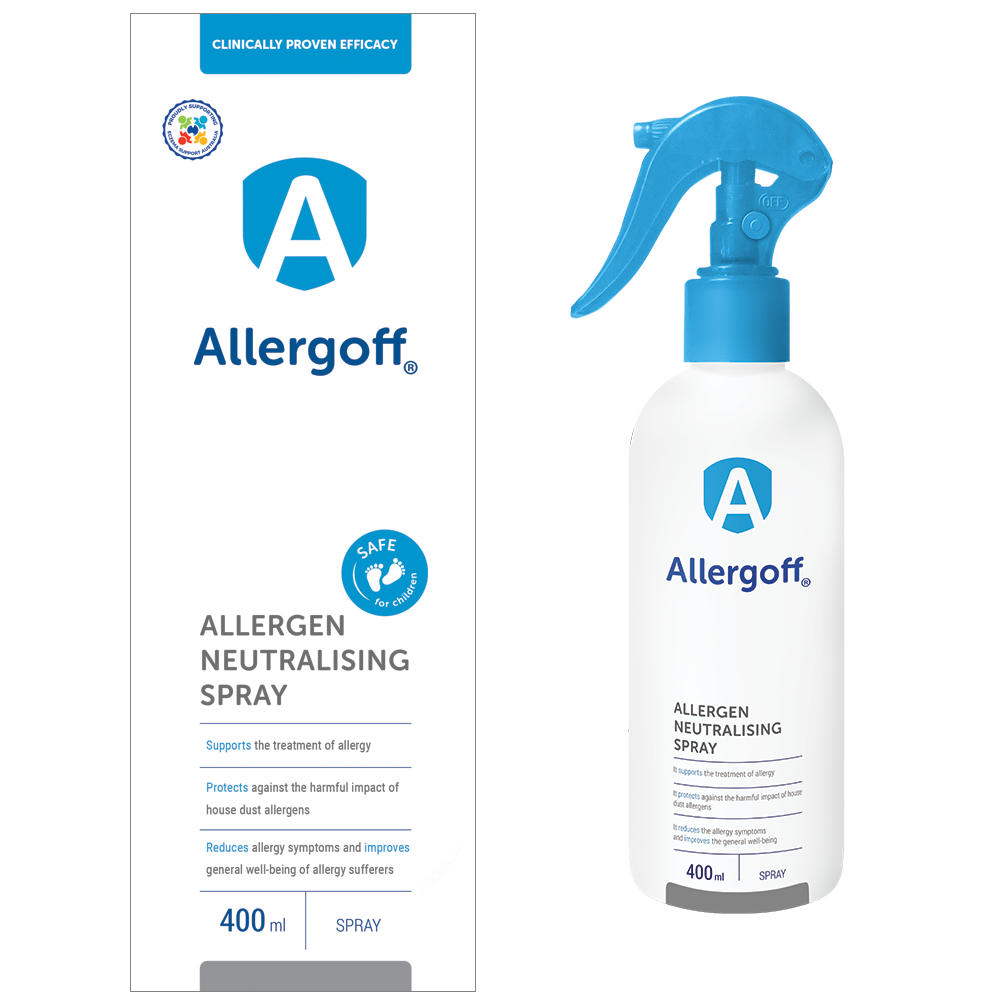By Ananda Mahony, Nutritionist and Naturopath
Watch the "Seborrheic Dermatitis Webinar" by Ananda Mahony
Understanding triggers of persistent skin conditions
Persistent skin conditions such as atopic dermatitis and eczema arise due to a combination of genetic factors and external triggers. Specific skin-related genes may remain inactive until prompted by a trigger, leading to the manifestation of dermatitis. Patients with established atopic dermatitis (AD) have a combination of skin barrier dysfunction (leaky skin) and skin inflammation driving the condition. Generally speaking, there are four primary triggers, including:
- stress
- infections (local or systemic)
- medications or chemicals
- injuries.
The link between atopic dermatitis, eczema and food allergies
Food has been generally considered a secondary trigger in atopic dermatitis and eczema exacerbating the existing presentation by adding fuel to the fire. However, recent research shows that in atopic dermatitis up to 30% of children impacted will also have food allergies and the likelihood of food sensitisation is 6 times higher in those with atopic dermatitis compared to those without. Other studies have indicated that up to 66% of those with atopic dermatitis and eczema across all ages have food sensitisation (allergies), with atopic dermatitis and eczema of earlier onset or increased persistence being more strongly associated.
One current hypothesis about the connection between atopic dermatitis and eczema and food allergies is that food allergens encounter immune cells more easily through a leaky skin barrier affected by atopic dermatitis, thereby setting off processes that lead to food allergies. It is also likely that allergies are part of the atopic march, which refers to how allergic conditions progress over time from infancy to adulthood and include manifestations such as allergic rhinitis and allergic asthma.
Navigating common food allergens
The eight most common food allergens are eggs, milk, peanuts, tree nuts, soy, wheat, crustacean shellfish, and fish. When considering this list and what it might mean for you or your child, if there are obvious food reactions then confirming an allergy through testing is important. If you suspect food allergies but show no signs of obvious food reactivity it is also important to confirm. Often, nonallergic food reactions from secondary triggers, are mistaken as food allergies and so it can be difficult to tease out allergies from trigger foods without testing. Long-term ‘just in case’ elimination of a food can lead to unnecessarily restrictive diets. Some of these food groups are important sources of nutrition, particularly for growing bodies and as such removal without confirmation of an allergy may mean missing out on key nutrients associated with infant and childhood development.
Identifying common food triggers for atopic dermatitis and eczema management
In those with atopic dermatitis and eczema that don’t have specific food allergies, foods can still act as fuel to the fire. Sensitivity to different dietary triggers varies from person to person. However, there are some foods groups that are more likely to act as secondary triggers and reducing intake can help relieve symptoms in those with atopic dermatitis and eczema. Examples of common food triggers in atopic dermatitis and eczema include:
1. Pro-inflammatory foods
These foods can increase the inflammatory load and local skin inflammation, increase skin sensitivity / dehydration and drive itching: ultra-processed foods high in sugar and fat, refined ‘white’ grain products, high sugar intake.
2. Acidic foods
Acidic foods can stimulate itching and burning sensations: tomato-based products, citrus fruits, kiwi, citric acid & food acids (check labels)
3. Foods that are high in histamines
Foods that are high in histamine or stimulate the release in histamine, which promotes itching, flushing, or burning: alcohol, processed deli meats, canned fish, aged cheeses, bone broth, fermented foods such as kombucha.
Balancing short-term food elimination with expert guidance
With secondary food triggers, similarly to food allergies, it is a good idea to avoid unnecessary, long-term restriction. Short term (a few weeks) elimination of trigger foods to establish a link may be reasonable to try but it is worthwhile seeking expert advice for longer term dietary strategies. Speak to a nutritionist for specific and individual dietary guidelines around allergies or secondary triggers or talk to your GP for specific food allergy testing.
Supplements for managing atopic dermatitis
Other strategies being looked at to reduce the severity of atopic dermatitis includes the use of specific supplements. A review of research has indicated that Vitamin D supplementation in children has the potential to reduce atopic dermatitis and symptoms in allergic rhinitis. In adults, a combination of Vitamin D with Vitamin E showed benefit for atopic dermatitis over a 2-month period. In addition, Omega 3 Fatty acids such as those from fish oil sea buckthorn oil, and hempseed oil have preliminary evidence to decrease atopic dermatitis severity. Individual nutritional or herbal supplementation can be guided by a nutritionist or naturopath.
Meet Ananda Mahony, a Nutritionist and Naturopath
Meet Ananda Mahony, a Nutritionist and Naturopath, specialising in resolving ongoing skin issues such as eczema, acne, dermatitis, rosacea, psoriasis, seborrheic dermatitis, hives, and rashes. Join her on a journey to better skin and overall well-being, where she'll address root causes, design a personalised treatment plan, and guide you to a naturally radiant appearance.
References:
Leung, D. Y., Calatroni, A., Zaramela, L. S., LeBeau, P. K., Dyjack, N., Brar, K., ... & Goleva, E. (2019). The nonlesional skin surface distinguishes atopic dermatitis with food allergy as a unique endotype. Science translational medicine, 11(480), eaav2685.
Li, Q., Zhou, Q., Zhang, G., Tian, X., Li, Y., Wang, Z., ... & Luo, Z. (2022). Vitamin D Supplementation and Allergic Diseases during Childhood: A Systematic Review and Meta-Analysis. Nutrients, 14(19), 3947.
Tsakok, T., Marrs, T., Mohsin, M., Baron, S., du Toit, G., Till, S., & Flohr, C. (2016). Does atopic dermatitis cause food allergy? A systematic review. Journal of Allergy and Clinical Immunology, 137(4), 1071-1078.
Vale, S. L., Lobb, M., Netting, M. J., Murray, K., Clifford, R., Campbell, D. E., & Salter, S. M. (2021). A systematic review of infant feeding food allergy prevention guidelines–can we AGREE?. World Allergy O











